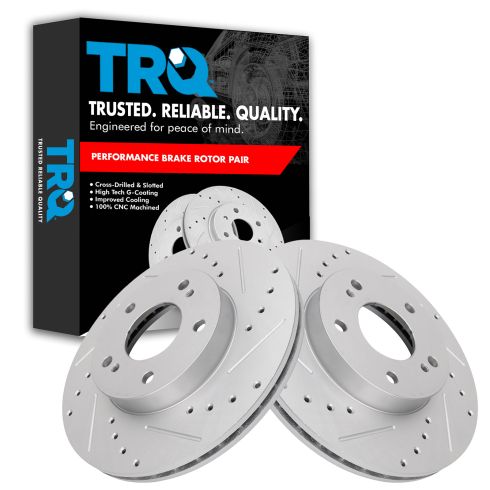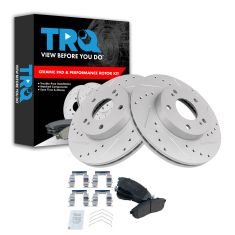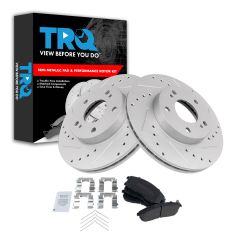1APBR01308-Nissan Maxima Infiniti I30 Front Driver & Passenger Side 2 Piece Performance Brake Rotor Set TRQ Performance BRA75042

Replaces
1992 Nissan Maxima Front Driver & Passenger Side 2 Piece Performance Brake Rotor Set TRQ Performance BRA75042

Product Reviews
Loading reviews
There are no reviews for this item.
Customer Q&A
No questions have been asked about this item.
Nissan is a registered trademark of Nissan Motor Co., Ltd. 1A Auto is not affiliated with or sponsored by Nissan or Nissan Motor Co., Ltd.
See all trademarks.












